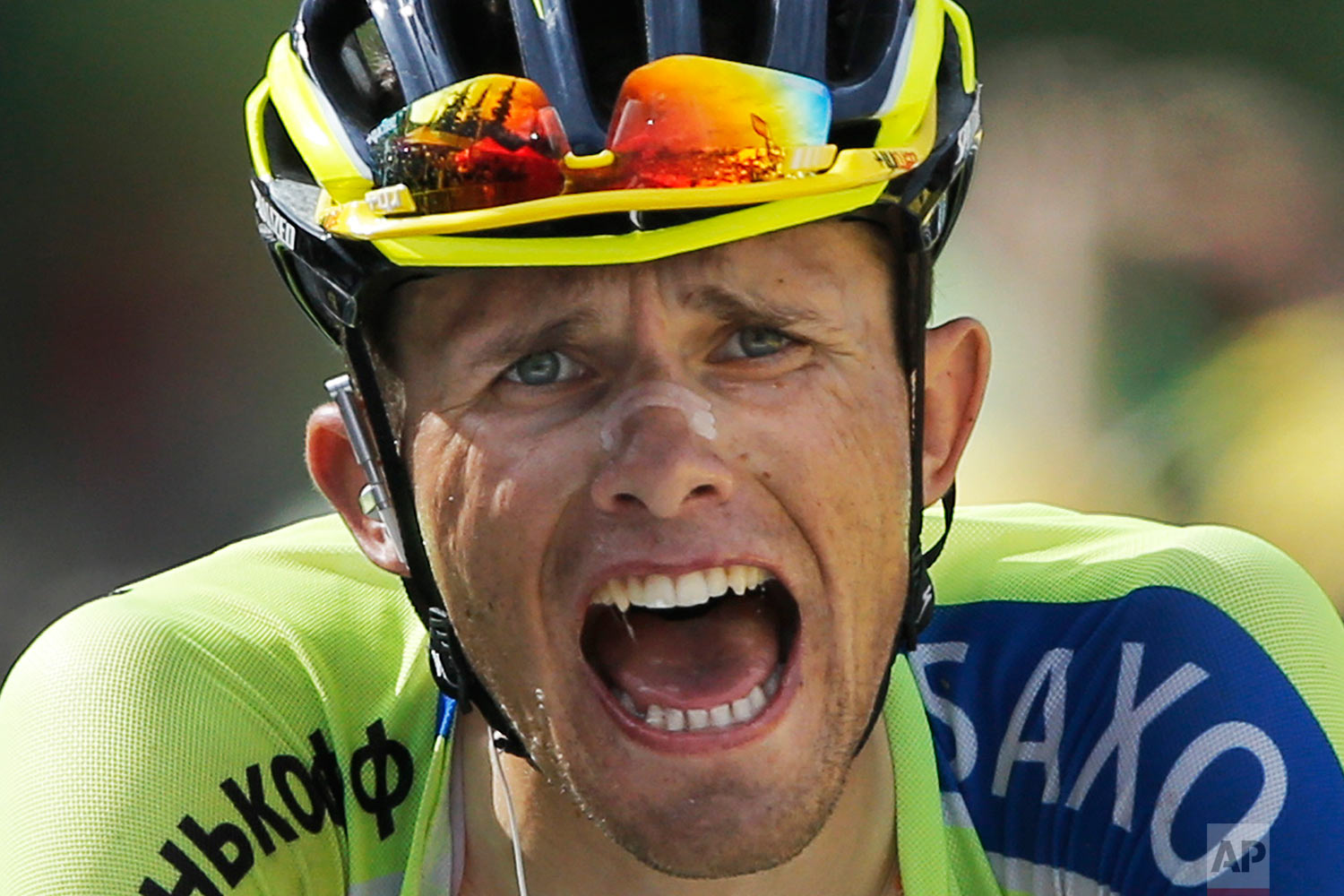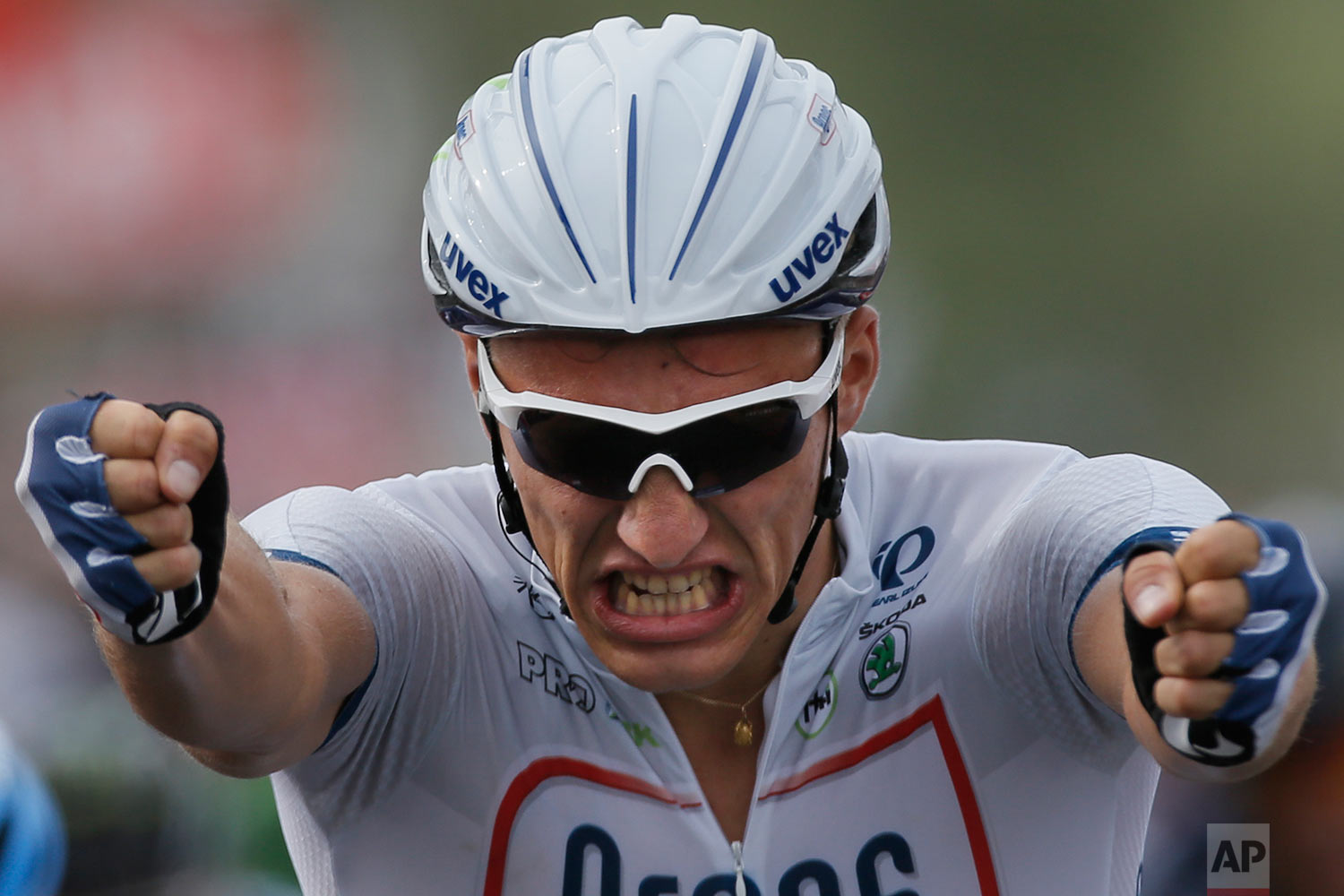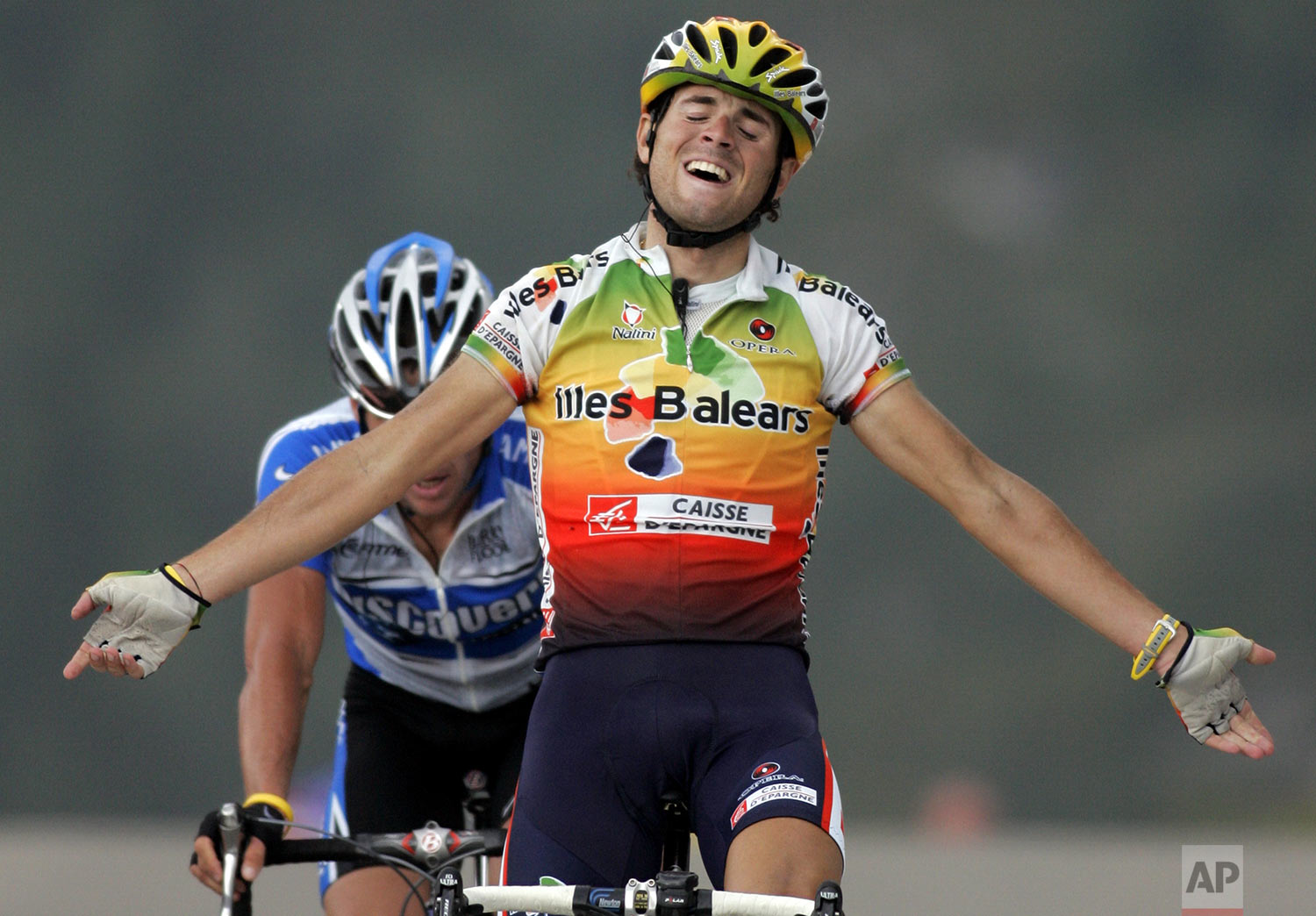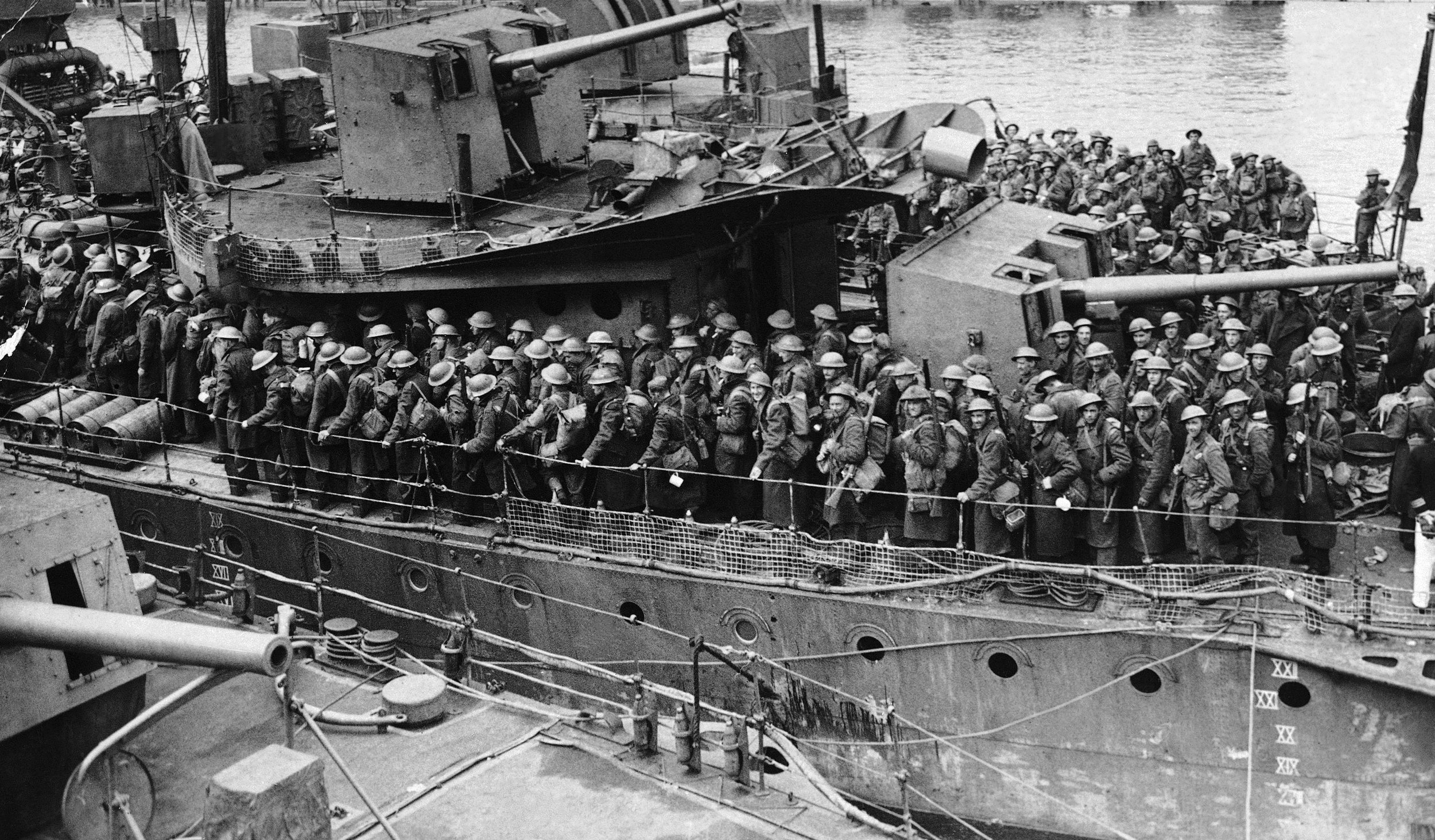Finish line faces: Stage winners at the Tour de France
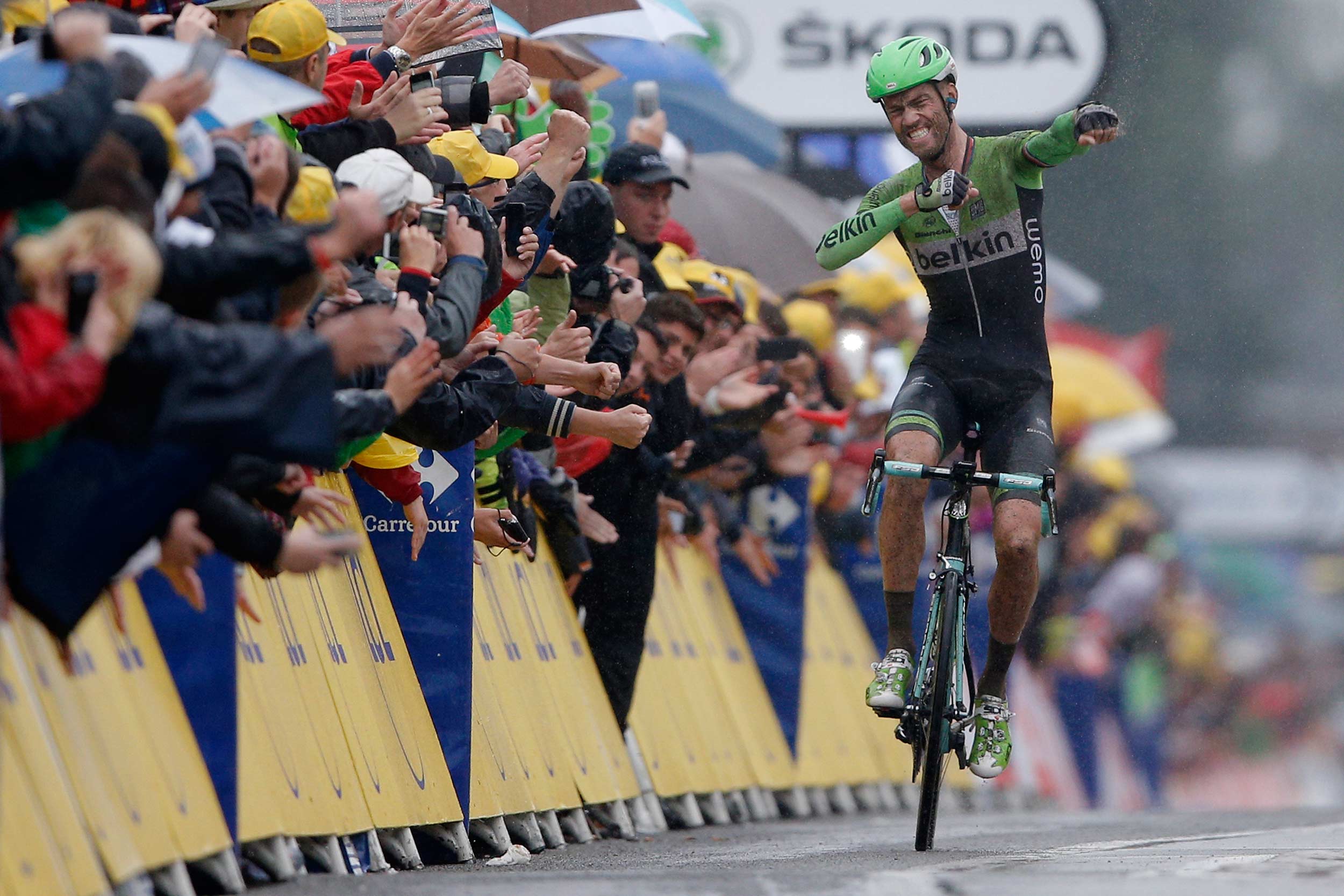
When the final cyclist crosses the finish line of the Tour de France on the Champs-Élysées in Paris on Sunday, July 23, 2017, the 104th edition of the grueling endurance event will come to a close with those who managed to survive having completed almost 2200 miles of racing.
The tour, which was first run in 1903 and is known as one of the most difficult sporting ventures, features twenty-one days of racing—with two rest days—and includes time trails (races against the clock), as well as sprint finishes and mountain stages and less difficult so-called hilly stages.
The grand prize, the yellow jersey, is fought for among 198 riders on 22 teams and goes to the single rider with the lowest combined time for entire race. Other prizes are awarded for best young rider, best sprinter and the famed polka dot jersey for best mountain climber.
“The finish line, that decisive white line that can bring fame, or deception and oblivion, that white line, the referee, the goal, is the crossing that ends the hours of suffering. ”
While the tour itself has suffered somewhat over the decades—from suspension during WWI and WWII, the death of three riders during competition and recent doping scandals including the stripping of American rider Lance Armstrong’s string of titles—it is the riders who suffer the most. Riding over 2,000 miles in 21 days takes its toll, but so do crashes, illness, flat tires and other mechanicals, and the high mountain of the Alps and the Pyrenees. A single stage, stage nine, of this year’s tour, which was won by Colombia’s Rigoberto Uran, featured about 15,000 feet of climbing during the course of a 112 mile race.
AP is covering the Tour de France with two photographers this year, Peter Dejong and Christophe Ena, who alternate between riding on a motor bike during the course of each stage and covering the finish line as well as photo editing. The Associated Press photo archive contains images of the Tour de France from as early as 1948 and AP photographers have covered the race regularly since the 1980s. Among these AP Photos are a multitude of images of tour riders crossing the finish line of individual stages of the race. These images depict faces filled with pain, joy and disbelief.
Photographer Dejong describes the intensity of the moment and the experience making the photos of sprint finishes at the tour:
The finish line, that decisive white line that can bring fame, or deception and oblivion, that white line, the referee, the goal, is the crossing that ends the hours of suffering. Going at speeds over 50 kms per hour in the last kilometers of the stage in a stressful and dangerous last effort to cross that line, teams put their sprinter in the best seat for the final jump, position themselves at the top of the pack, navigating fast turns and obstacles like the omnipresent French roundabouts which add to the danger.
All for that final push, that final jump, that last explosion of force after sweating it out for 4-6 hours. Photographers position themselves 30-40 minutes before the arrival, often in soaring heat, and sometimes in pouring rain, waiting for those 20-30 seconds of time it takes to shoot the final sprint. Shooting that finish line has quite a twist to it, especially as our photo positions are pushed far back forcing us to use a 600mm lens.
The nature of that enormous tele-lens is that it compresses objects, like a pair of binoculars, making it more difficult to see who’s ahead or lagging in a sprint. It’s a moment of hyper concentration and hyper focus, judging in split seconds, who’s the man of the day. The Tour de France announcer’s comments help if there’s a clear leader, as he calls out the names of the sprinters, but it’s imperative that the photographer recognizes the team shirt that goes with the sprinter to be able to determine whom to train the lens on.
And sometimes it’s such a close call that even the riders don’t know who won, and everybody waits for the relief or the blow of the ultimate decider, the official finish photo.
On July 9th, after a mountain stage where everybody expected a single breakaway rider to cross the line, and start his celebration meters before the finish line, a bunch of five or six riders sprinted towards the line. My bet was on Colombia’s Rigoberto Uran, wearing a bright green jersey, that’s where I kept my focus, but I saw it was a close call between Uran and France's Warren Barguil, wearing a black and white jersey. In the left side of my frame I saw Barguil let go of his handle bars to start celebrating, so I refocused on Barguil, who clenched his fist with a big smile, convinced he won that stage. That’s where the official finish photo came in, giving the day’s victory to Uran.
When Frenchman Géo Lefèvre, a magazine journalist, came up with the idea of the tour in 1903 with his six stage race could he have known his idea would lead to over one hundred years of suffering? Despite the images we see, the intensity of rider’s pain is truly unknowable. However to understand the tour itself, one need only look at the faces of these stage winners. They often show us exhaustion, but they also show us exhilaration and exultation.
Text by Jonathan Elderfield
Tour de France facts from www.letour.fr
Follow AP photographers on Twitter
Written content on this site is not created by the editorial department of AP, unless otherwise noted.
Visual artist and Journalist









